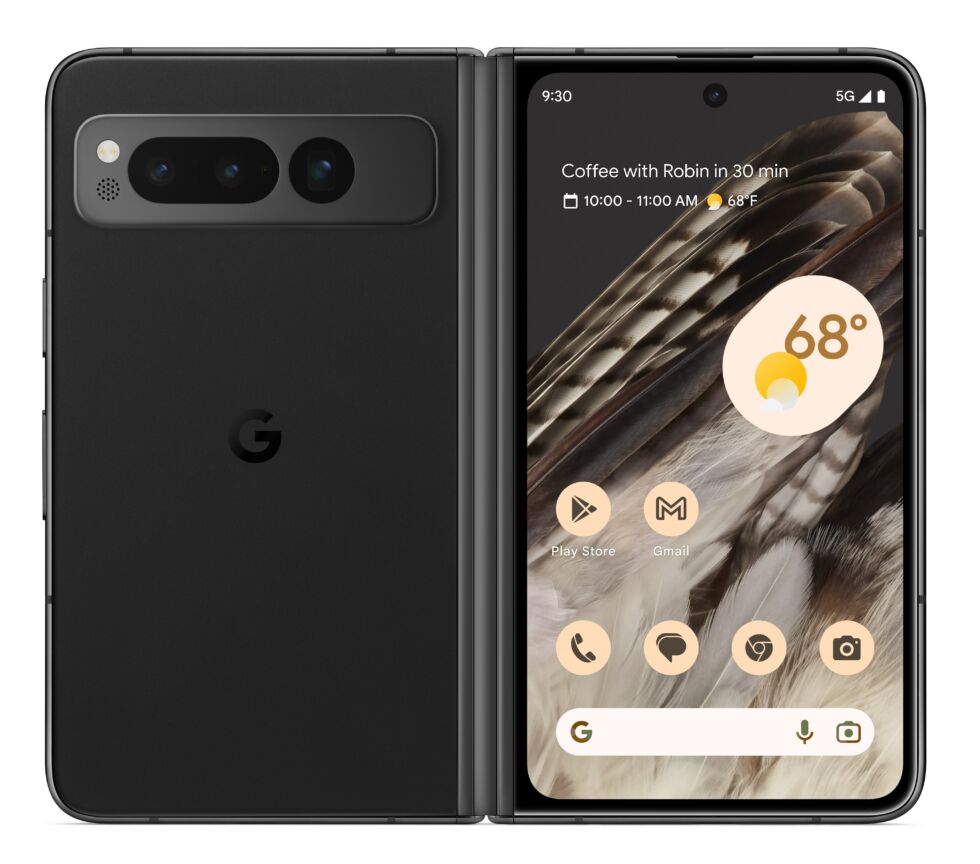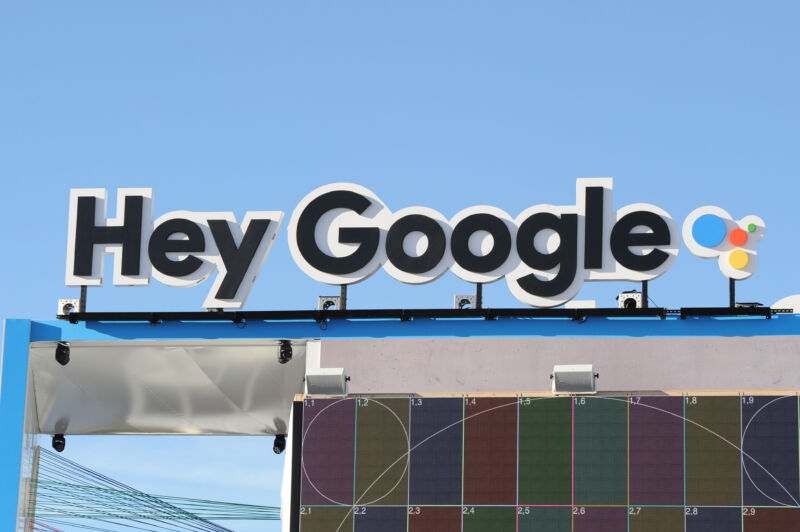Alleged Pixel Fold 2 prototype shows off ugly new camera block
Why is Google like this —
Everything we praised in our Pixel Fold review could be removed in the sequel.
-
The alleged Pixel Fold 2 prototype.
Google still isn’t giving up on the foldable smartphone game, and rumored details about the Pixel Fold 2 are slowly coming out. The most eye-popping news is from Android Authority‘s Mishaal Rahman, who claims to have a live picture of an “early prototype” of the Pixel Fold 2.
A lot about the Fold 2 is different, starting with the camera bump on the back. In every Pixel review, we praise the trademark camera bar for 1) looking good and 2) having a symmetrical design that gives the phone a stable base when placed on a table, and this prototype would seem to walk both of those things back. The supposed Pixel Fold 2 prototype switches to a lopsided rear design with a camera block in the top-left corner of the phone, just like everyone else in the industry. It’s hard to tell what’s going on with the camera block, but there is certainly room for four camera lenses now instead of the usual three. The top-left post almost looks blank in the photo, though—it could just be a spot for a laser autofocus sensor.
One justification for the wonky camera block could be that the device is narrower and doesn’t have room for the full-length camera bar anymore. The report says that “the cover screen is narrower, but more importantly, the inner screen’s aspect ratio is closer to a square.” One of the best parts of the Pixel Fold design was that it opened up into a wide-screen device and had enough horizontal room to show a tablet app layout. If you’re in the “foldable should open up into a tablet” camp, then a square screen would be a disappointment. The other option, followed mainly by the Galaxy Fold series, is “a foldable should open up to show side-by-side phone apps,” and a square screen puts you more in that camp. You could argue that, given the lack of Android tablet apps, a square-ish foldable is a more practical choice. I’d argue the Pixel line should be aspirational and that foldables aren’t yet ready for “practicality” arguments, given all the durability issues that still plague the devices.

Enlarge / The back of the Pixel Fold 1.
While there isn’t a picture of the inner screen, it supposedly has an in-screen camera now. The Fold 1 hid the camera in the bezel, which resulted in a wide bezel around the edges.
There is a chance that this design could change before it hits production. Android Authority says, “The phone is still in an early stage of development, though, so it’s unclear if this is the final design,” and this isn’t the normal way Pixel phones get leaked. Usually, we first see a render thanks to CAD files leaked by the accessory ecosystem, indicating a design has been locked in and is ready for case manufacturers to start their designs. This could be an experiment to pick a direction. This changes most of the things we liked about the Pixel Fold 1, so we’re hoping the design is tweaked.
A second Android Authority report says the Pixel Fold 2 would skip Google’s Tensor G3 and go straight to the G4 chip, which suggests the phone is getting a later launch than usual. The Pixel Fold 1 had kind of an awkward spot in Google’s lineup. It shipped at the end of June with the Tensor G2, and then just over three months later, the Tensor G3 came out with the Pixel 8. Google’s most expensive phone didn’t have Google’s fastest chip for much of its shelf life. Aligning the Fold 2 with the G4 launch would suggest the phone comes out in October alongside the Pixel 9. A later launch would also give Google more time to rethink the design.
Listing image by Android Authority
Alleged Pixel Fold 2 prototype shows off ugly new camera block Read More »

